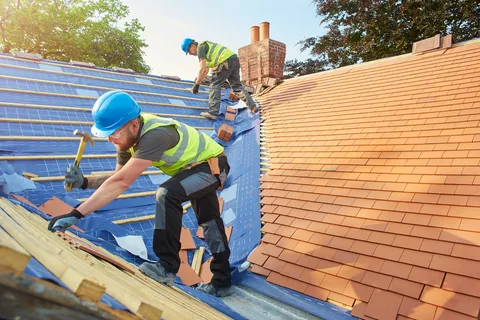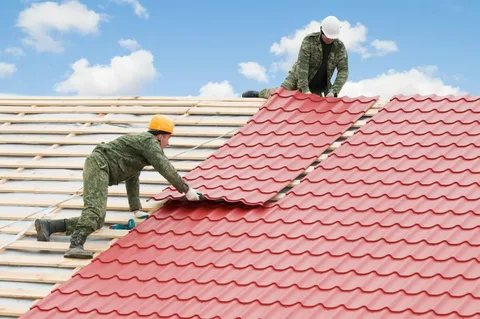RFR for Roof Insurance Coverage: What You Need to Know
So, you’ve got a roof over your head. Great! But have you ever thought about what happens if that roof decides to take a vacation during a storm? Enter roof insurance coverage, your knight in shining armor (or should I say, shingles?).

What is Roof Insurance Coverage?
Roof insurance coverage is part of your home insurance policy that specifically covers damage to your roof caused by events like storms, fire, or even a surprise visit from a tree. Think of it as a safety net for your safety net. Without it, you might find yourself in a bit of a pickle—and not the tasty kind.
Why Do You Need It?
Imagine this: You’re sitting at home, enjoying a cup of tea, when suddenly, a storm hits. Next thing you know, your roof is doing its best impression of a sieve. Without roof insurance, you’d be footing the bill for those repairs. And let’s be honest, nobody wants to spend their vacation fund on roof tiles.
Types of Roofs and Coverage
Not all roofs are created equal, and neither is their insurance. Here’s a quick rundown:
- Standard Roofs: These are your typical tiled or slate roofs. Most home insurance policies cover these without any fuss.
- Non-Standard Roofs: Got a flat, thatched, or glass roof? You’ll need to let your insurer know. These roofs often require special coverage because they’re a bit more high-maintenance—like that one friend who always needs a ride.

What’s Covered?
Roof insurance typically covers damage from:
- Storms: Wind, rain, hail—you name it.
- Fire: Because nobody wants a roof that’s been through a barbecue.
- Vandalism: In case someone decides your roof looks like a good canvas.
What’s Not Covered?
- Wear and Tear: If your roof is older than your grandma’s cookie recipe, don’t expect insurance to cover its natural aging process.
- Negligence: If you’ve been ignoring that leak for months, your insurer might just say, “I told you so.”
How to Make a Claim
Making a claim is as easy as pie (or at least, easier than fixing a roof yourself):
- Document the Damage: Take photos and notes. Think of yourself as a detective, but for roof crimes.
- Contact Your Insurer: Give them a call and provide all the details. Be prepared to answer questions like, “Did you try to fix it yourself?” (Hint: The answer should be no).
- Get an Estimate: Your insurer will likely send someone to assess the damage. Offer them a cup of tea—they’re there to help.
A Little Humor Goes a Long Way
Remember, dealing with roof damage doesn’t have to be all doom and gloom. Picture this: Your roof is like a hat for your house. And just like you wouldn’t wear a hat with holes in it, you shouldn’t live under a roof with leaks. So, keep your house’s hat in tip-top shape with the right insurance coverage.
In conclusion, roof insurance coverage is a must-have for any homeowner. It’s your financial umbrella when the literal one fails. So, next time you’re enjoying a storm from the comfort of your dry living room, give a little nod to your roof insurance. It’s got you covered—literally.
For more detailed information on roof insurance, check out Ideal Home’s guide and MoneySuperMarket’s tips. Stay safe and dry, folks!
Leave a Reply